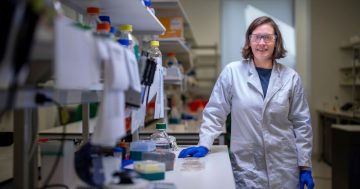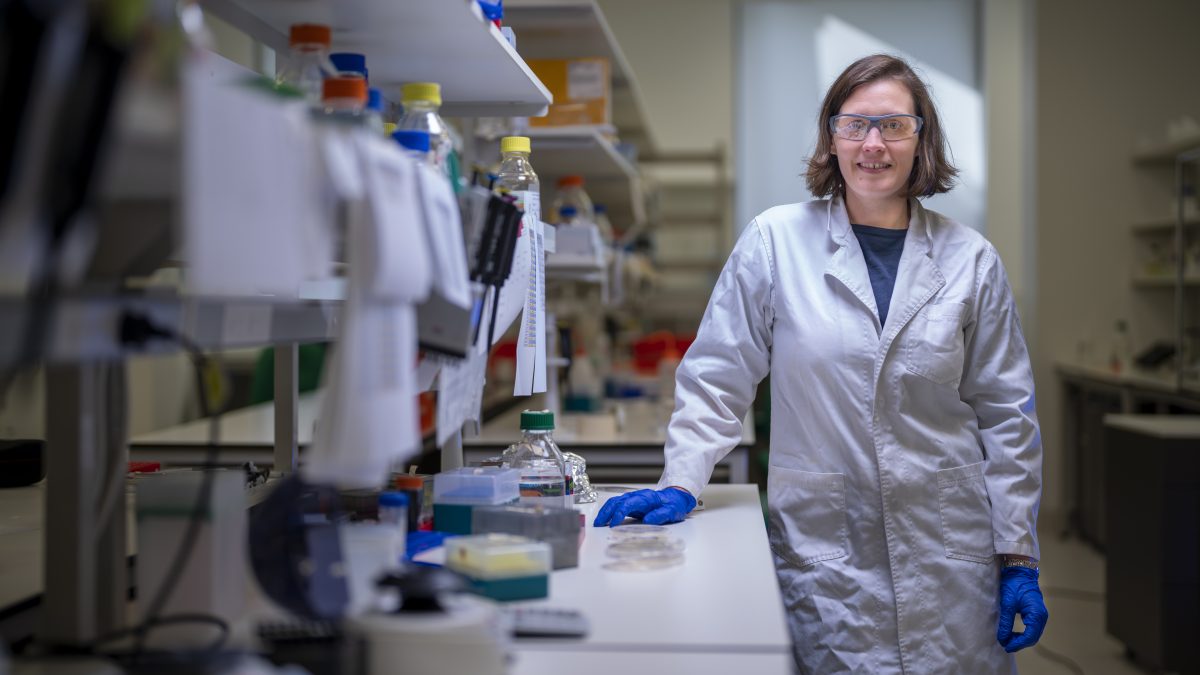
Dr Caitlin Byrt is an Associate Professor at the Australian National University (ANU) Research School of Biology. Photo: Jamie Kidston, ANU.
Canberra scientists are lending their expertise to an effort to put plants on the moon by 2025.
The Australian National University (ANU) is teaming up with Australian start-up Lunaria One for the first in a series of experiments to find out whether plants can thrive 384,400 km away from the relatively friendly topsoil of Earth.
The Australian Lunar Experiment Promoting Horticulture (ALEPH) project is described as an important step in putting humans on the moon. All going well, the plants will become sources of food, medicine and oxygen.
Here on Earth, the researchers hope the lessons learnt will help unlock new methods to boost sustainable food production and bolster food security in the face of weather disasters.
Caitlin Byrt is an Associate Professor at the ANU Research School of Biology and ANU Institute for Space (InSpace) and a science advisor for Lunaria One and an Australian Research Council (ARC) Future Fellow.
She says the mission presents a “unique” opportunity for local scientists to apply knowledge of plants to determine the ideal type for the job.
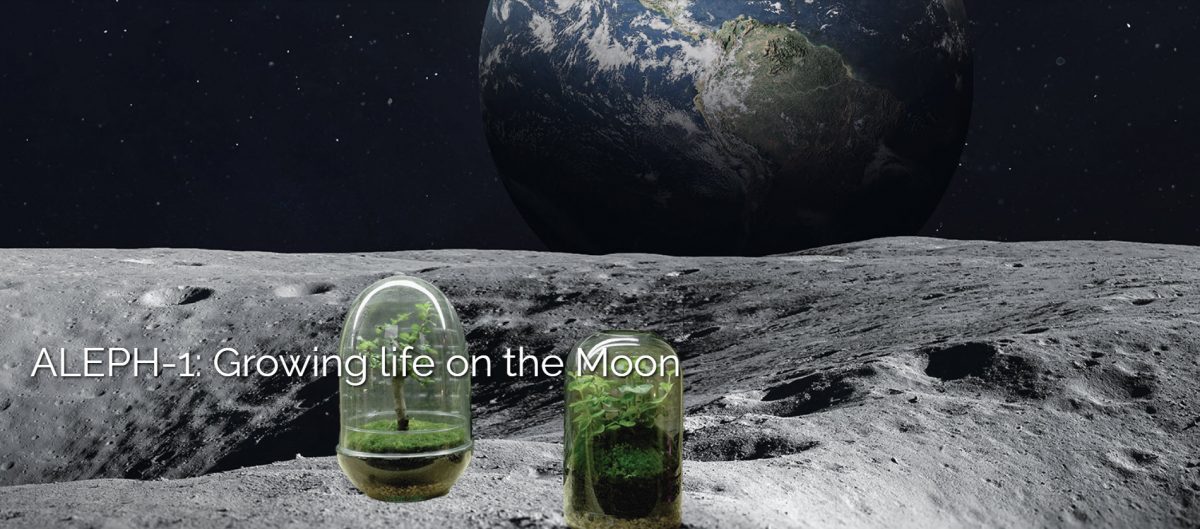
Lunaria One has partnered with institutions around the world, including the ANU, to pull off the ALEPH mission in 2025. Screenshot.
“Space is an exceptional testing ground for how to propagate plants in the most extreme of environments,” she says.
“This project is important for developing propagation systems relevant to challenges here on Earth. This includes the creation of controlled environments that enable communities to rapidly propagate plants after natural or climate-related disasters.”
As for the plants, types will be carefully selected based on how quickly they germinate and their tolerance to extreme temperature swings experienced in space.
The biologists are looking at some Australian species for this level of resilience, chiefly, Tripogon loliiformis.
QUT plant biologist Dr Brett Williams says this native resurrection grass can endure harsh conditions and survive in a dormant state for months without any water.
“Even after losing more than 95 per cent of its relative water content, the dead-looking grass remains alive and pre-existing tissues flourish when provided with water,” he says.
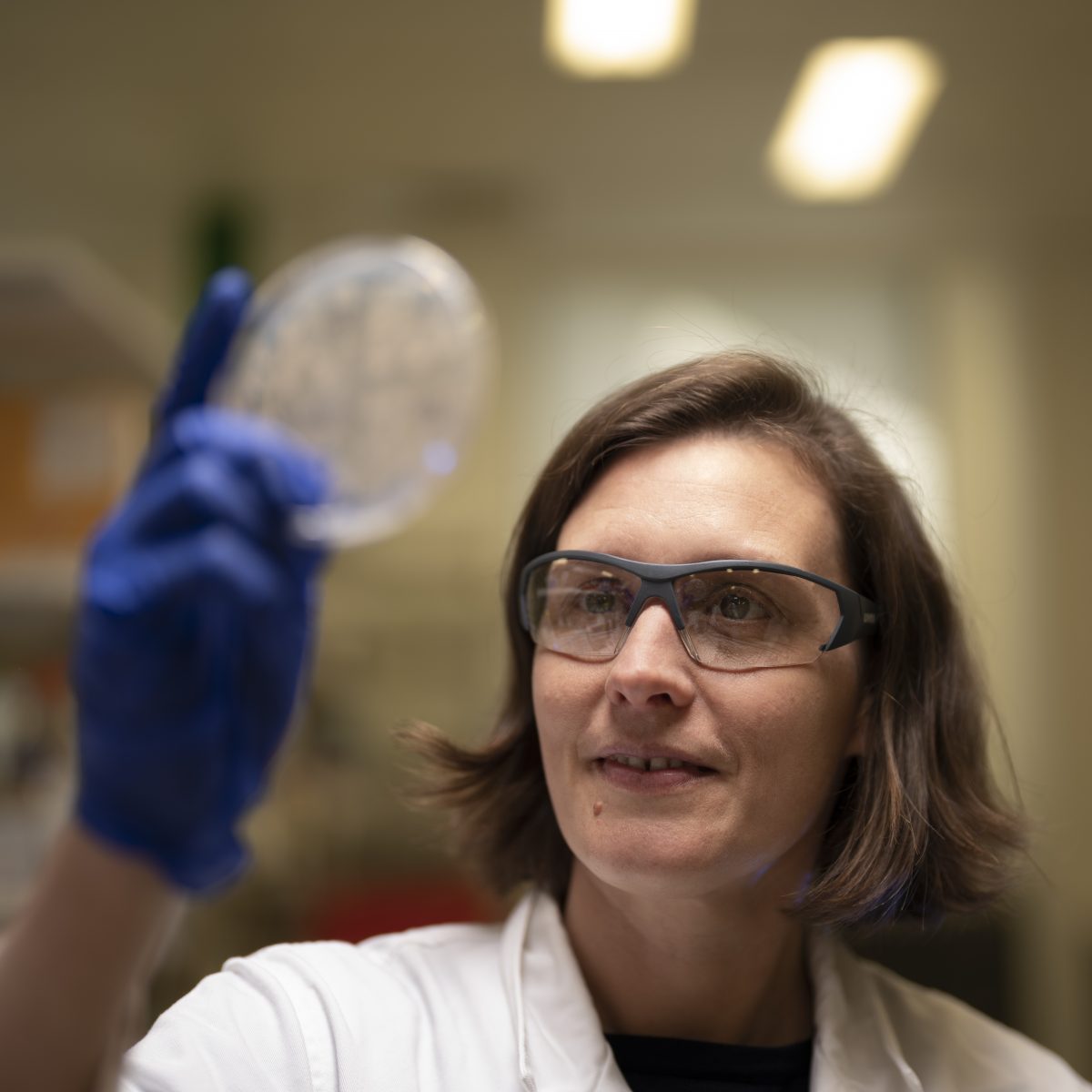
Dr Caitlin Byrt examines a plant sample. Photo: Jamie Kidston, ANU.
The seeds and “resurrection” plants will be transported in a specially designed chamber on board SpaceIL’s Beresheet 2 spacecraft. The chamber will contain sensors, a camera and water.
“The seeds and resurrection plants can survive in a dehydrated dormant state and will be carried in a hermetically sealed chamber on the lunar lander and, we hope, germinate and reactivate upon watering,” Dr Williams said.
After landing on the lunar surface, the plants’ growth and general health will be monitored for 72 hours. Data and images will be beamed back to Earth.
Citizen scientists and schoolchildren from around the world will be invited to use the data to conduct their own experiments to identify which plant varieties have the best chance of growing on the moon.
Biologist scientists in the US have previously grown plants in soil brought back from the moon, but the ALEPH project is the first time plants will actually be on the moon.
A sealed chamber will provide some protection from the enormous temperature fluxes between a lunar day and lunar night of almost 300 degrees Celsius.
There is also no atmosphere or magnetic shell to protect the surface from bombardment by micrometeorites, radioactive cosmic rays and other particles.
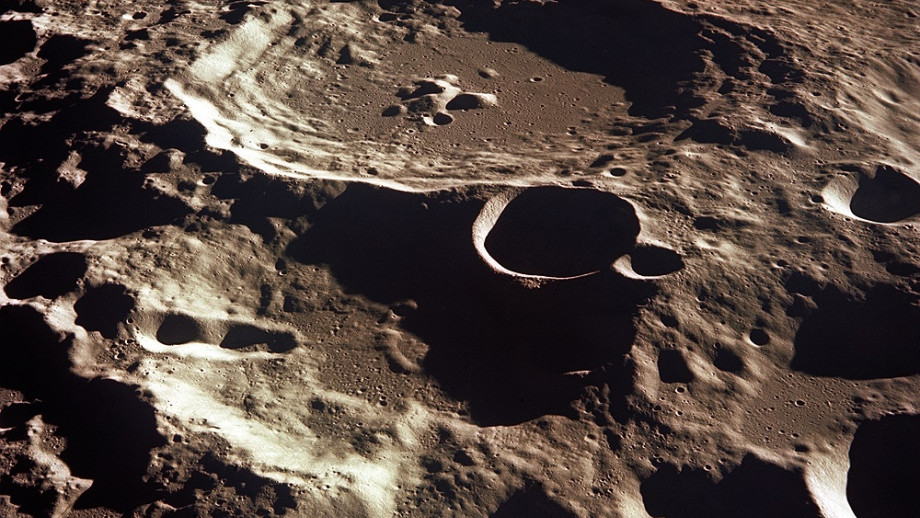
The lunar surface isn’t a friendly place for plants. Photo: NASA.
The experiment isn’t long enough for it to be an issue, but there’s also a distinct lack of water on the moon. It’s estimated about 240,000 Olympic-sized swimming pools’ worth of water is locked in the ice caps on both poles, on top of scattered molecules around the surface, but for perspective, the Sahara Desert has 100 times more water on the whole.
Lunaria One Director Lauren Fell, from QUT, said the key to this preliminary mission is to get everyone involved in a future lunar civilisation.
“The ALEPH project aims to open up the science and engineering behind growing life on the moon so that anyone can be involved.”
The Lunaria One team currently includes scientists from Australia, Israel, South Africa and the US. The mission itself will take place in early 2025 at a yet-to-be-confirmed date.
More information about the ALEPH project can be found on the Lunaria One website.












